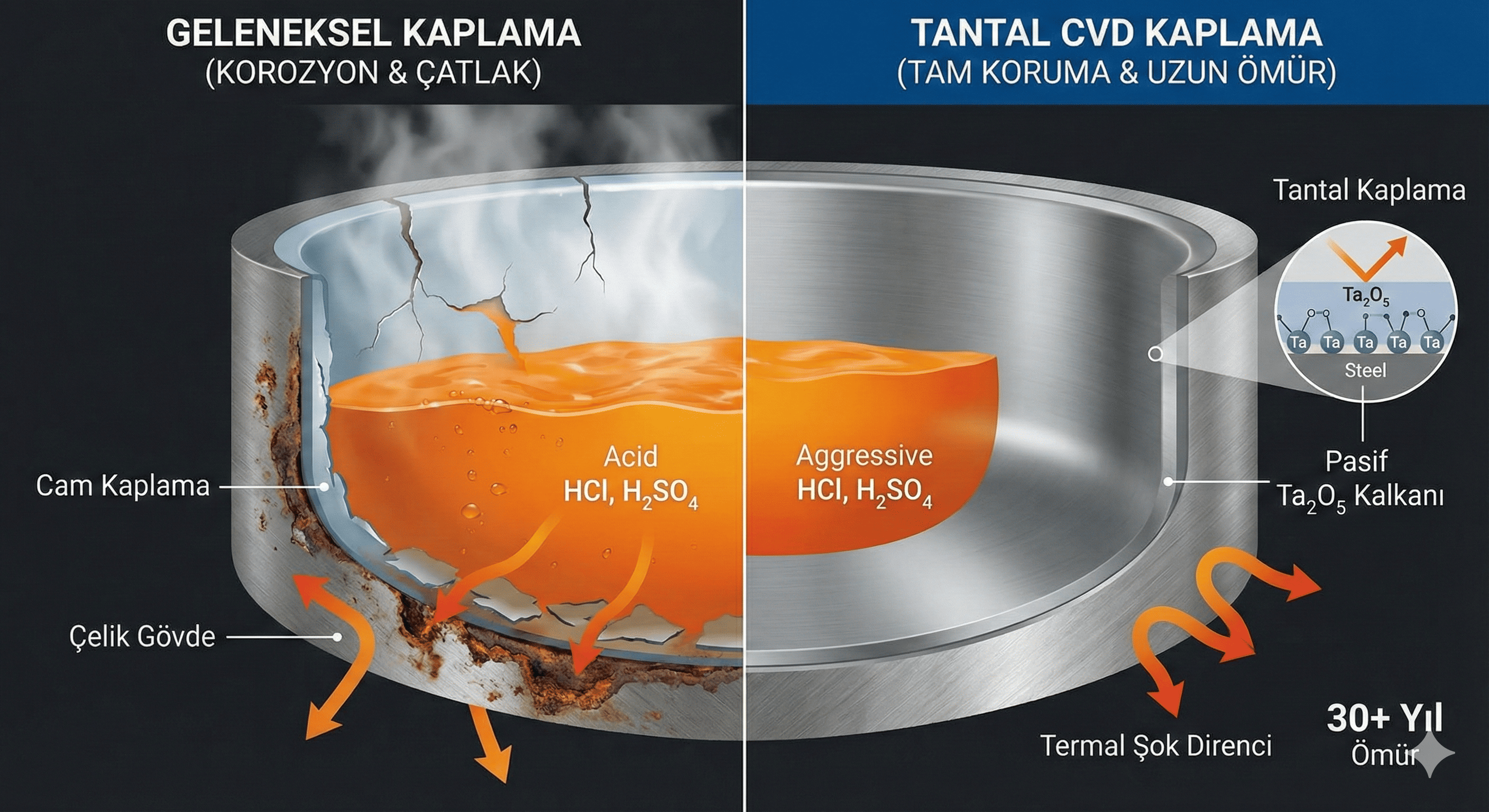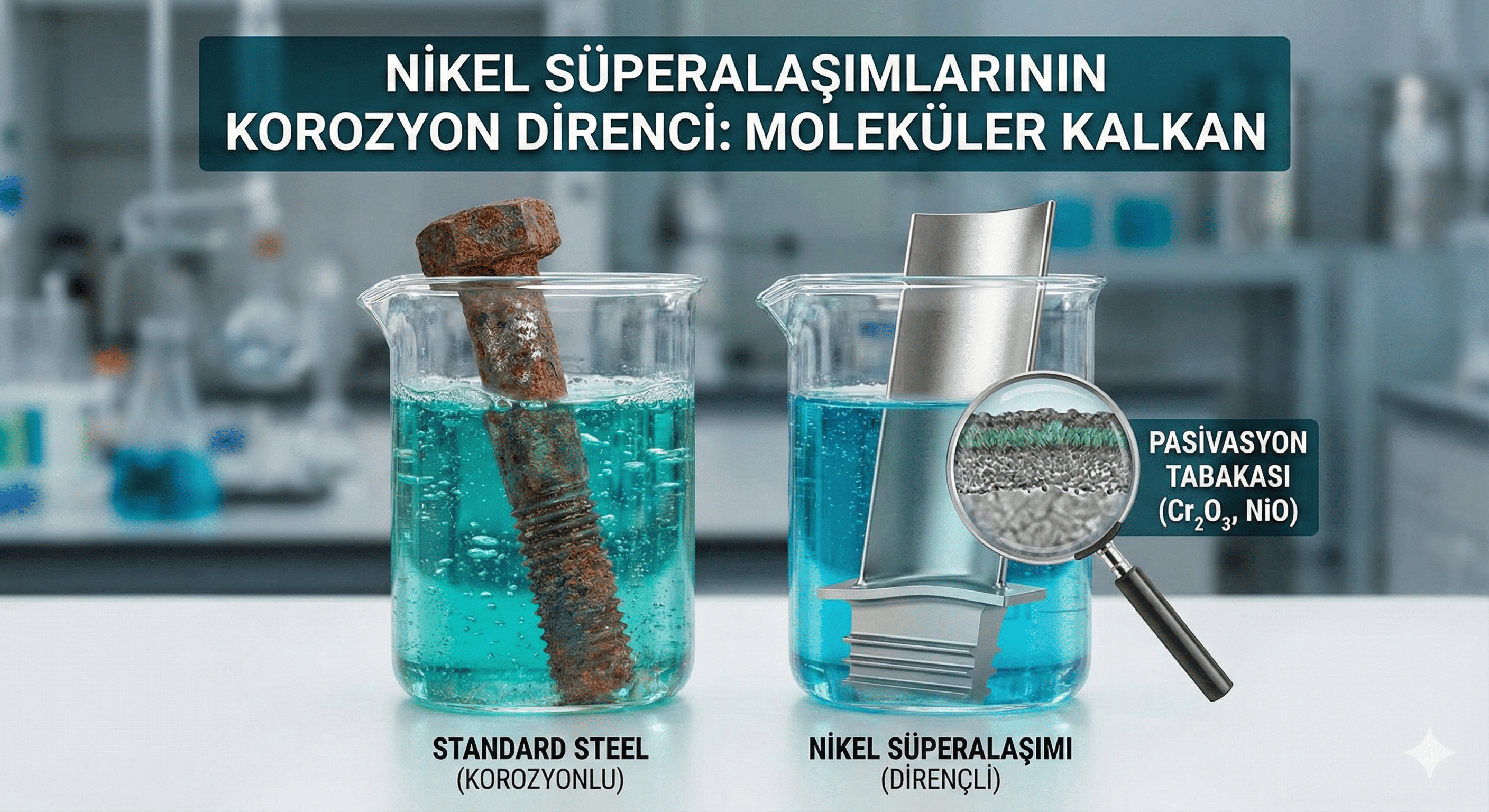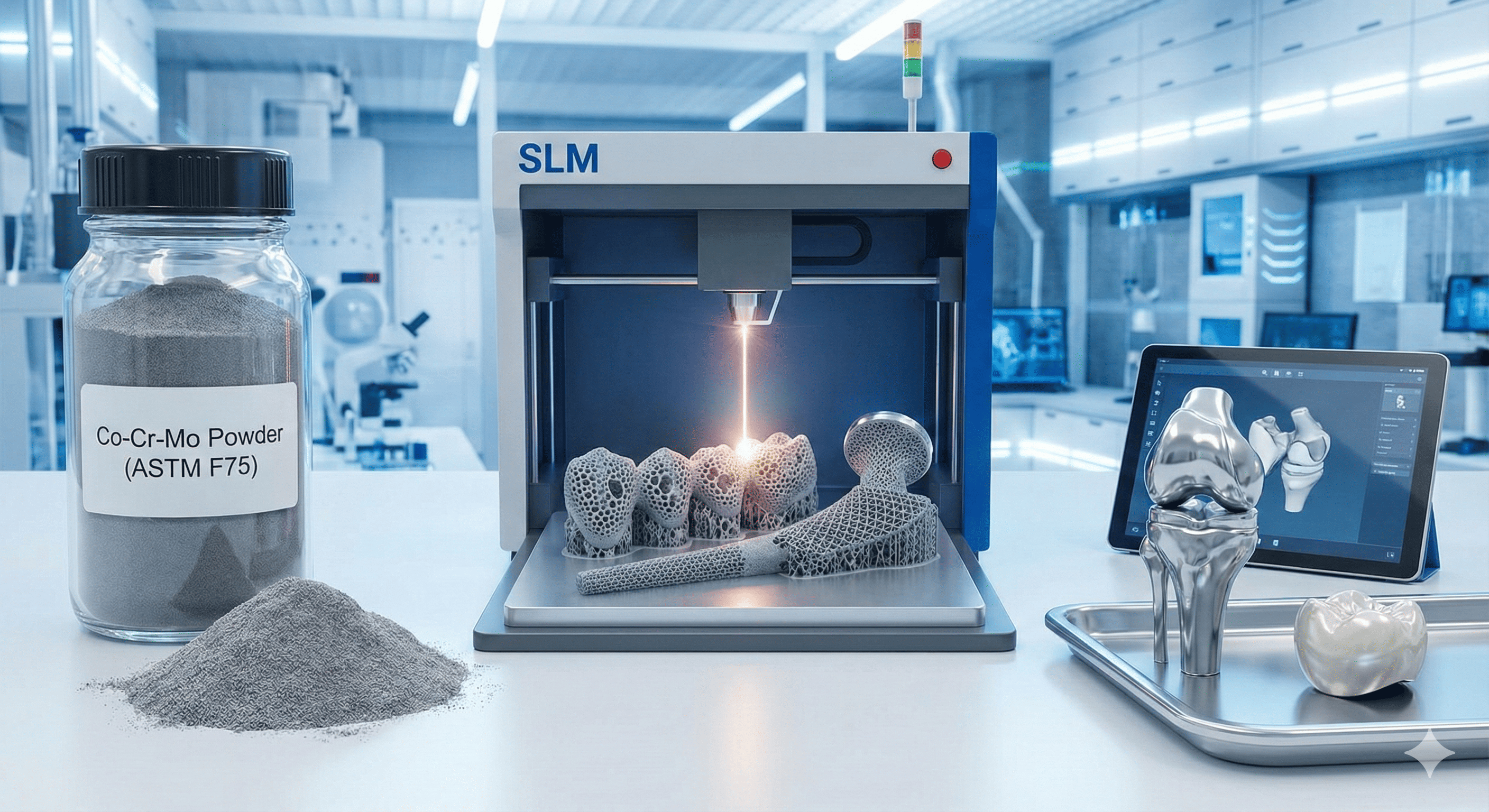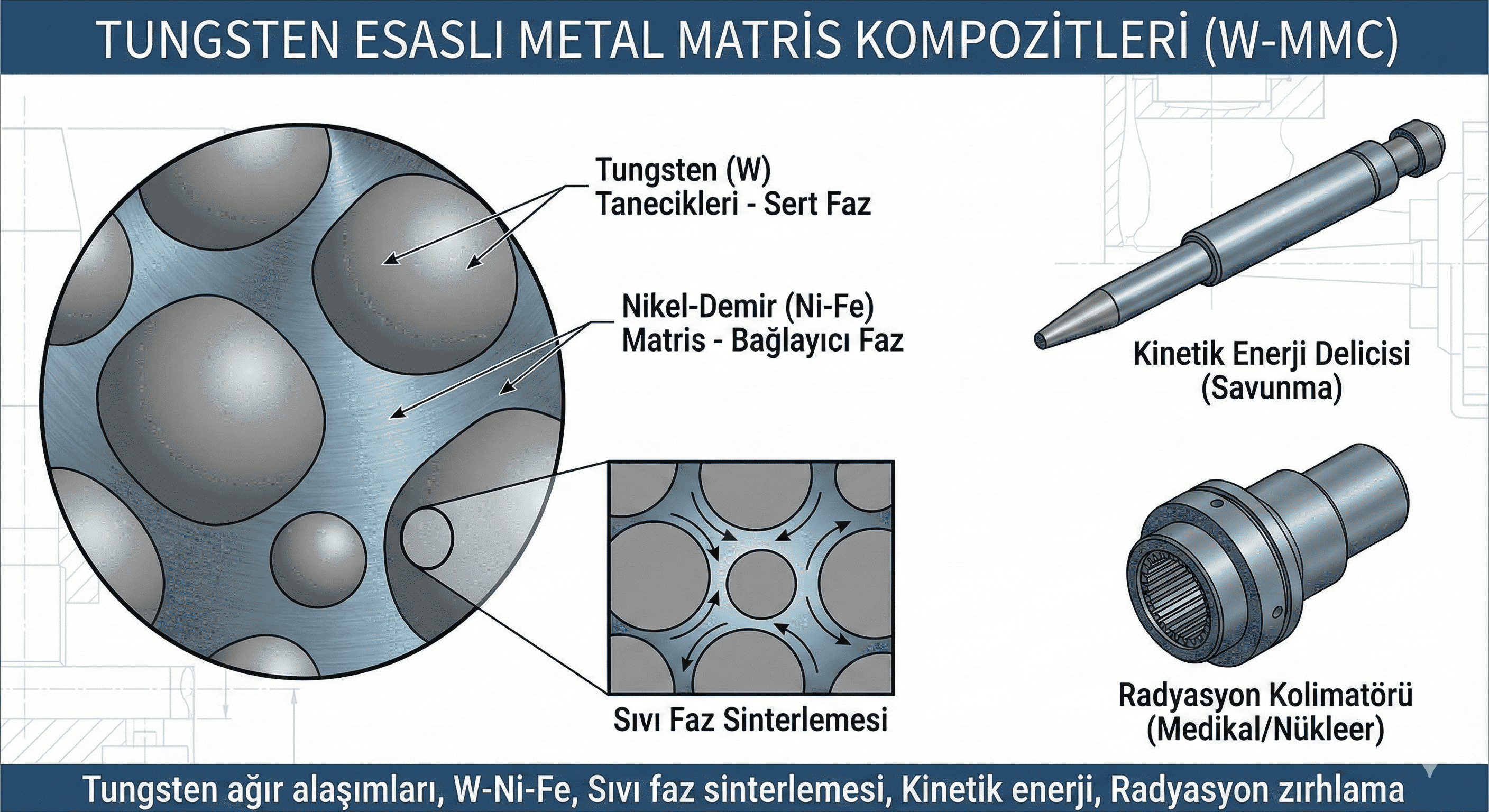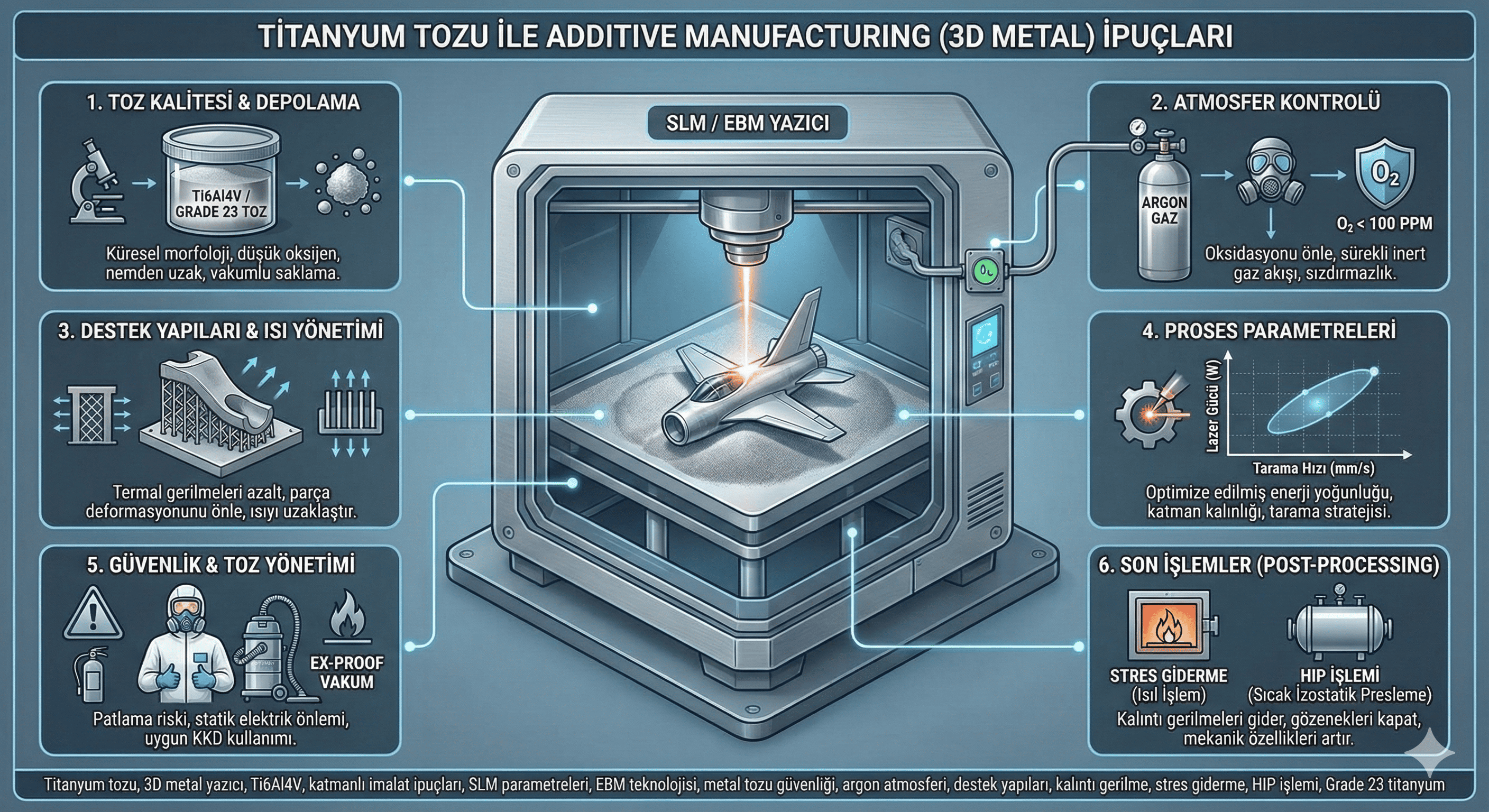Terbium Metal Powder: Properties, Production, and Applications
Introduction
Terbium metal powder is a rare earth metal with unique properties that make it valuable for various high-tech and industrial applications. As a member of the lanthanide series, terbium plays a critical role in electronics, lighting, and materials science. This article provides an overview of terbium metal powder, including its properties, production methods, and applications.
What is Terbium Metal Powder?
Terbium metal powder is composed of fine particles of terbium metal (chemical symbol Tb). It is produced to achieve a high surface area and is used in various applications, including advanced materials and electronic components.
Properties of Terbium Metal Powder
- Chemical Symbol: Tb
- Appearance: Silvery-gray metal powder
- Density: Approximately 8.27 g/cm³
- Melting Point: 1,545°C (2,813°F)
- Chemical Reactivity: Terbium metal is relatively stable in air but can oxidize over time, forming terbium oxide (Tb²O³). It must be handled with care to avoid exposure to moisture and air.
- Magnetic Properties: Terbium exhibits unique magnetic properties, including high magnetic anisotropy, which are useful in various magneto-optical and electronic applications.
- Purity: Terbium metal powder is typically produced with high purity (99.9% or higher) to ensure optimal performance in specific applications.
Production of Terbium Metal Powder
The production of terbium metal powder involves several key stages to ensure high purity and desirable particle characteristics:
- Raw Material Preparation:
- Ore Extraction: Terbium is extracted from rare earth ores like bastnäsite or monazite. The extraction process typically involves separating terbium from other rare earth elements using techniques such as solvent extraction or ion exchange.
- Purification: Extracted terbium is purified and converted into terbium chloride (TbCl³) or terbium oxide (Tb²O³) for further processing.
- Metal Production:
- Reduction Process: Terbium metal is produced by reducing terbium oxide (Tb²O³) with a reducing agent such as calcium (Ca) or magnesium (Mg) in a high-temperature reaction. This method yields pure terbium metal.
- Electrolytic Reduction: Terbium metal can also be produced by electrolytic reduction of terbium salts, such as terbium chloride, in a molten salt bath. This method requires precise control over electrolytic conditions to achieve high purity.
- Powder Production:
- Milling: Once terbium metal is produced, it is crushed and milled into a fine powder. The milling process ensures that the powder has the desired particle size and distribution.
- Atomization: In some cases, terbium metal is atomized using methods such as gas atomization or water atomization. This involves melting the metal and then rapidly cooling it to form fine powder particles.
- Powder Characterization:
- Particle Size and Distribution: Techniques such as dynamic light scattering (DLS) and scanning electron microscopy (SEM) are used to analyze the particle size and distribution of terbium metal powder.
- Surface Area Analysis: The specific surface area of the powder is measured using methods such as Brunauer-Emmett-Teller (BET) analysis.
- Purity Testing: High-purity terbium metal powder is tested for contaminants using techniques such as inductively coupled plasma mass spectrometry (ICP-MS).
- Quality Control:
- Consistency: Ensuring consistent particle size and distribution is crucial for the performance of terbium metal powder in applications. Quality control processes monitor and adjust production parameters to maintain consistency.
- Safety: Safety measures are implemented to handle the powder properly, including appropriate protective equipment and storage practices.
Applications of Terbium Metal Powder
- Electronics and Semiconductors:
- Application: Terbium is used in the production of electronic components and semiconductors. It is employed in phosphors for displays and lighting, as well as in various electronic devices requiring high magnetic performance.
- Lighting:
- Application: Terbium metal powder is used in the manufacture of phosphors for energy-efficient lighting, such as compact fluorescent lamps (CFLs) and light-emitting diodes (LEDs). Terbium-doped phosphors are known for their ability to emit green light, which is crucial for high-quality lighting and display technologies.
- Magnets:
- Application: Terbium is used in the production of high-performance magnets, particularly in terbium-doped magnetic alloys. These magnets are used in applications requiring high magnetic strength and stability.
- Materials Science:
- Application: Terbium metal powder is used in materials science to develop advanced materials and coatings. Its unique magnetic and optical properties contribute to the development of new materials with tailored characteristics.
- Catalysts:
- Application: Terbium is employed as a catalyst or catalyst support in various chemical processes. It is used in processes such as petroleum refining and chemical synthesis to enhance reaction rates and improve efficiency.
Handling and Safety
- Protective Equipment: When handling terbium metal powder, it is essential to use personal protective equipment (PPE) such as gloves, safety goggles, and masks to avoid inhalation or contact with the powder.
- Storage: Store terbium metal powder in airtight containers to prevent oxidation and contamination. Keep it in a cool, dry environment to maintain its quality.
- Ventilation: Work in a well-ventilated area or use a fume hood to minimize exposure to airborne particles and ensure a safe working environment.
Challenges and Considerations
- Cost: Terbium metal powder can be expensive due to the rarity of terbium and the complexity of its production processes.
- Environmental Impact: The extraction and processing of rare earth elements, including terbium, have environmental implications. Sustainable practices and recycling efforts are important to mitigate these impacts.
- Health and Safety: Proper handling and safety measures are essential to avoid health risks associated with terbium metal powder. Adhering to safety protocols ensures safe handling and minimizes exposure.
Conclusion
Terbium metal powder is a valuable material with a range of applications in electronics, lighting, magnets, and materials science. Its unique properties, including high magnetic performance and optical characteristics, make it crucial for various high-tech and industrial uses. The production of terbium metal powder involves precise manufacturing and quality control processes to ensure optimal performance. As technology advances, the demand for terbium metal powder is likely to increase, driving further innovations and applications. Addressing challenges related to cost, environmental impact, and safety will be key to optimizing the use of this rare earth material in future technologies.
Feel free to adjust or expand upon this article based on specific needs or focus areas!

